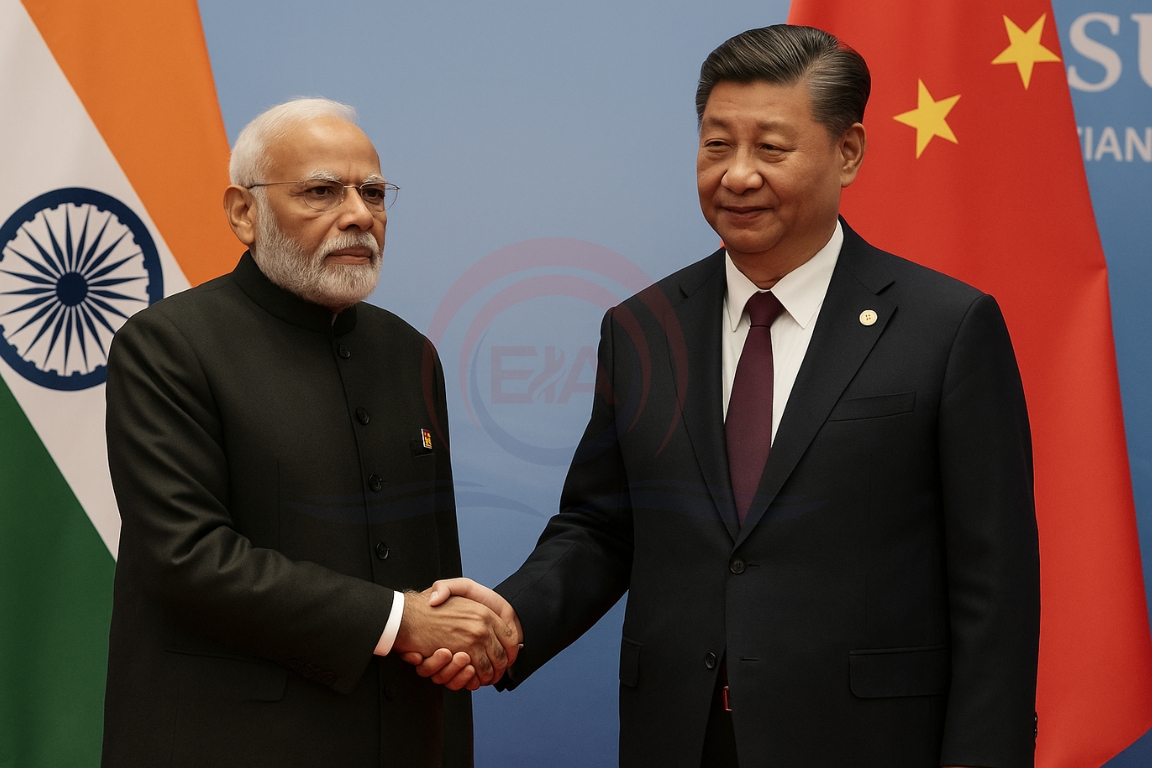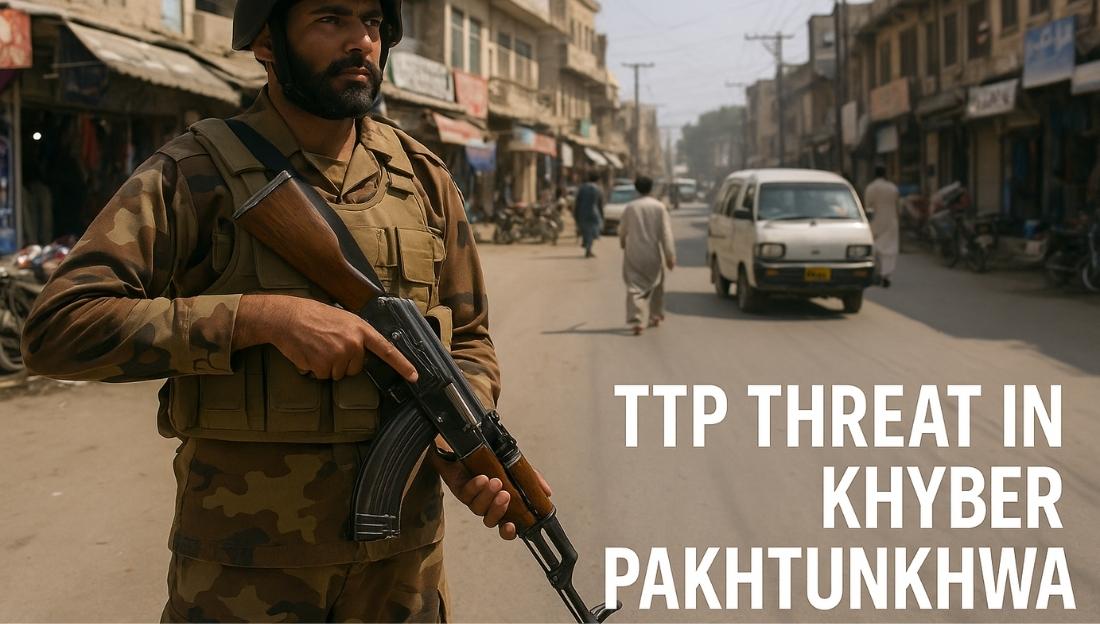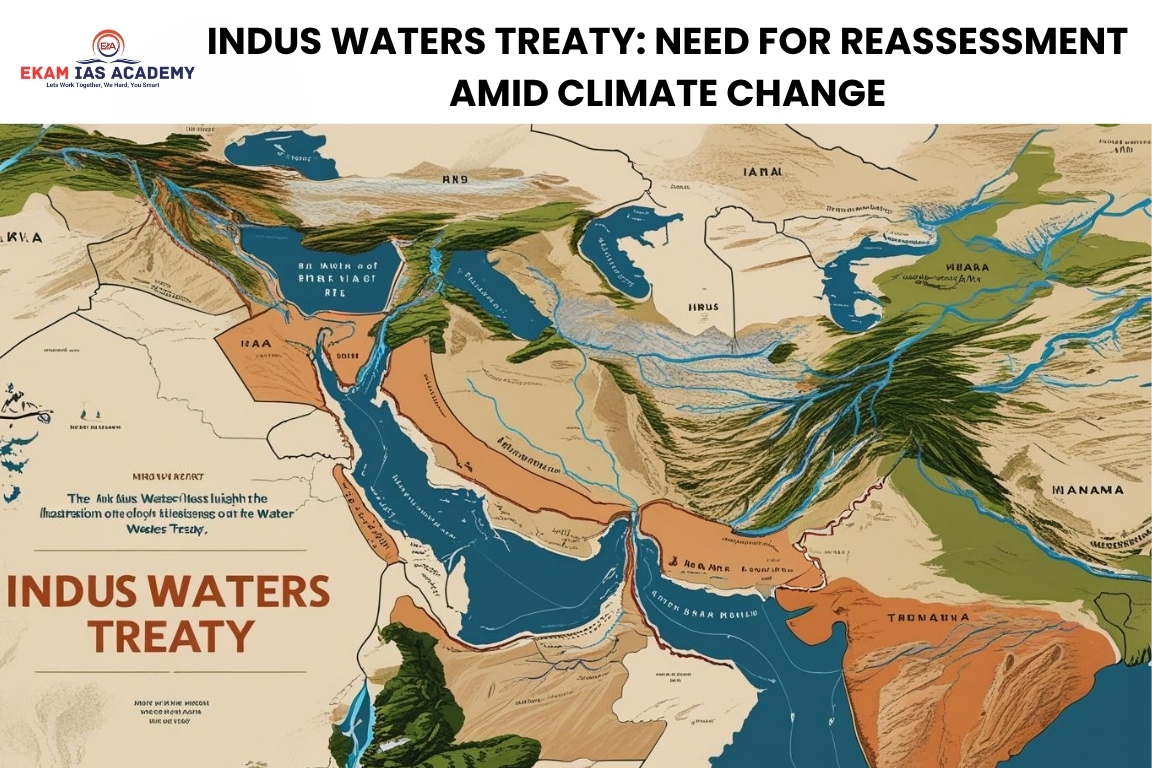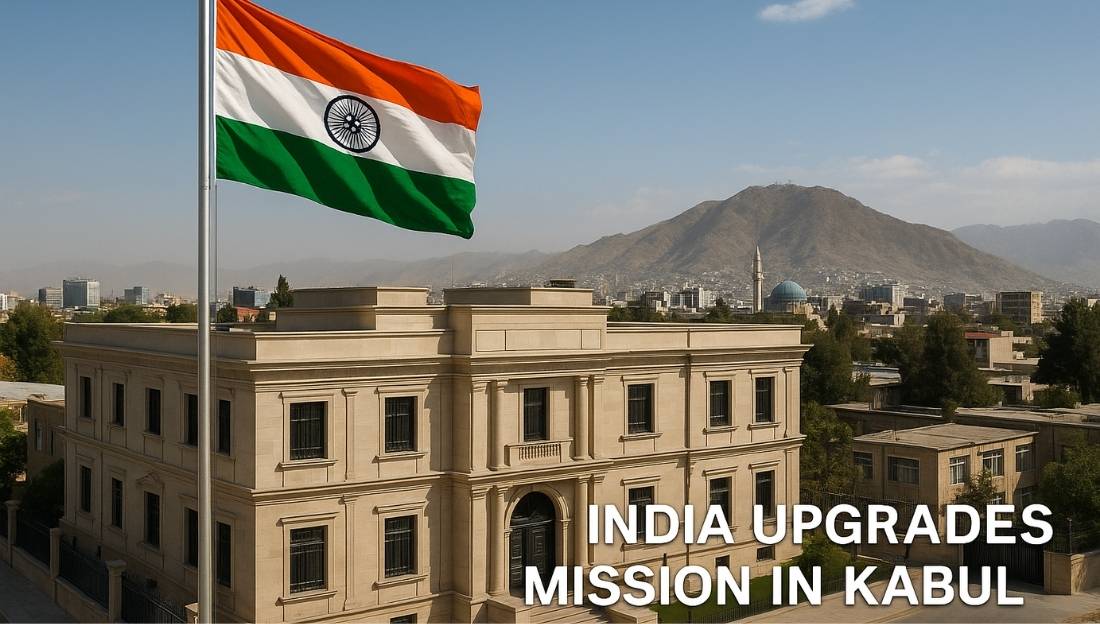Prime Minister Narendra Modi met Chinese President Xi Jinping on the sidelines of the SCO Summit in Tianjin. Both leaders stressed maintaining peace at the border and agreed on working towards a fair and mutually acceptable solution.
Background of India China Border Dispute
- India and China share a 3,488 km long border that is not clearly demarcated.
- The boundary is divided into three sectors:
- Western Sector (Ladakh) – Dispute over Aksai Chin, controlled by China but claimed by India.
- Middle Sector (Himachal Pradesh and Uttarakhand) – Least contentious, but alignment issues remain.
- Eastern Sector (Arunachal Pradesh) – China claims Arunachal as “South Tibet”.
- Major flashpoints: 1962 war, Doklam standoff (2017), and Galwan clashes (2020).
- Both nations have signed several agreements (1993, 1996, 2005, 2013) to maintain peace but incidents continue.
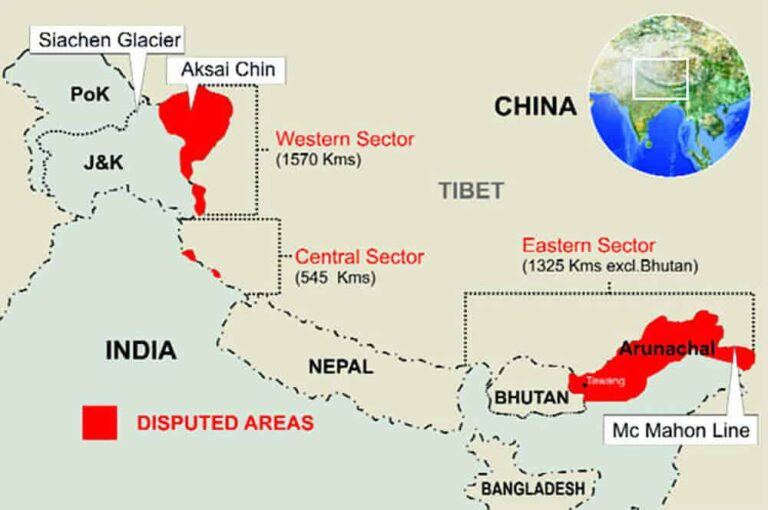
Key Outcomes of the Meeting
- Border Peace: Both sides expressed satisfaction with disengagement achieved in 2023. Reaffirmed commitment to peaceful management of the boundary question.
- People-to-People Ties: Plans for direct flights and easier visa facilities. Revival of Kailash Mansarovar Yatra and tourist exchanges.
- Economic and Trade Cooperation: Discussion on reducing trade deficit and encouraging balanced trade. Recognition that India–China economic cooperation can stabilise world trade amid U.S. tariff wars.
- Counter-Terrorism Understanding: PM Modi said both India and China are victims of terrorism. Called for China’s support against cross-border terrorism. India highlighted the need for cooperation within the SCO framework.
- Global and Regional Issues: Agreement to work together on multilateral platforms on issues like terrorism, fair trade, and development. Both reiterated strategic autonomy and opposed being influenced by third-country politics.
Other Bilateral Engagements
- PM Modi also met Myanmar’s military leadership, assuring support for development under Neighbourhood First and Act East policies.
- India underlined hope for fair elections in Myanmar and backed a Myanmar-led peace process.
Shanghai Cooperation Organisation (SCO)
- Formation: Established in 2001 in Shanghai.
- Members: 9 full members – China, Russia, India, Pakistan, Kazakhstan, Kyrgyzstan, Tajikistan, Uzbekistan, and Iran (joined in 2023).
- Headquarters: Beijing, China.
- Official Languages: Chinese and Russian.
- Origin: Evolved from the Shanghai Five (1996) – China, Russia, Kazakhstan, Kyrgyzstan, Tajikistan.
Main Objectives
- Promote peace, security, and stability in the region.
- Strengthen economic cooperation among members.
- Counter terrorism, separatism, and extremism.
Conclusion:
India and China signalled intent to manage differences through dialogue and cooperation, while reaffirming peace at the border as the foundation for better ties. Strengthening trade, people-to-people links, and counter-terrorism cooperation could give new momentum to bilateral relations, though long-standing border disputes remain the biggest challenge.


